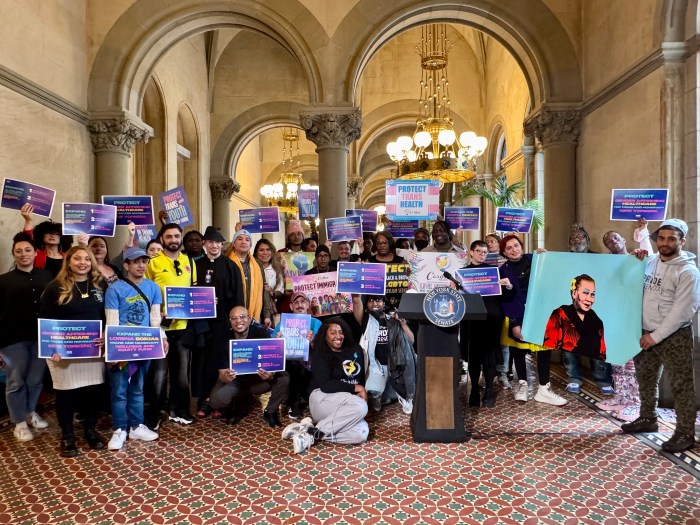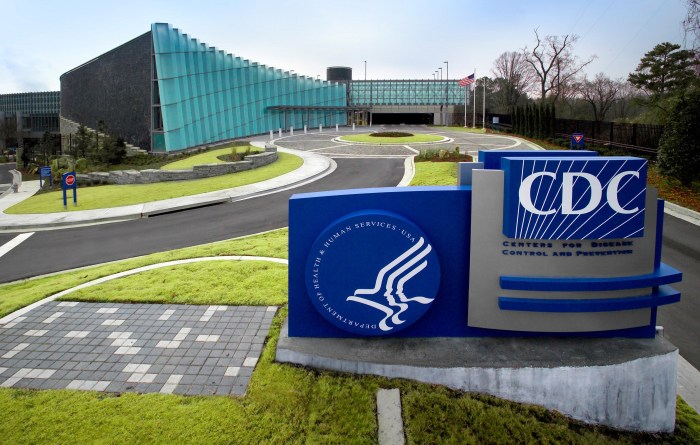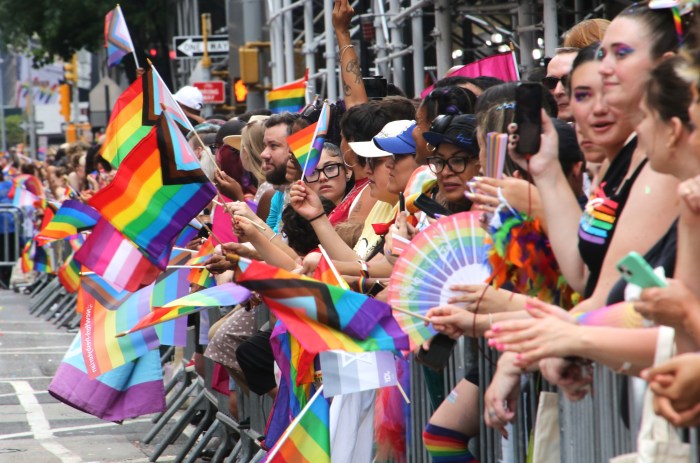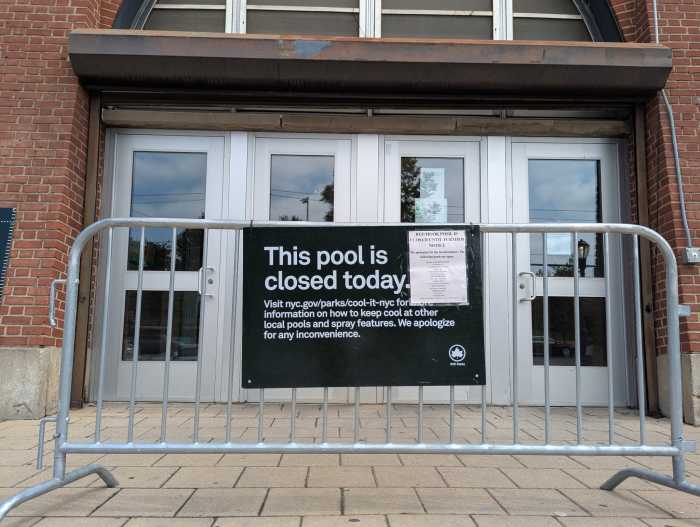One year after mpox gripped the community, cases have remained low in New York City throughout the summer, according to health officials.
Officials at the New York City Department of Health and Mental Hygiene say the city has tallied just 69 cases since the beginning of the year as of July 20, and just three during the week of July 9-15. That is a far cry from the peak of the outbreak last August when there were more than 70 cases per day, according to Health Commissioner Dr. Ashwin Vasan.
Formerly known as monkeypox, mpox emerged last spring in Europe, but it quickly made its way to the US. Anyone can get or transmit mpox, but the outbreak dating back to last year has disproportionately impacted men who have sex with men, and it has been primarily spread through sexual contact.
Other parts of the country have also yet to see major flare-ups this year despite warnings that mpox could see a resurgence. There was a cluster of cases in Chicago, which reported at least six cases every week from late April to late May, as well as reports of small groups of cases elsewhere, such as in Los Angeles, where health officials counted six cases in one week in June. But those cities have not reported any worsening conditions, even as a small amount of cases continue to pop up.
New York City declared an end to the mpox outbreak early this year after back-to-back months of minimal transmission. Pedro Frisneda, deputy press secretary of the NYC Department of Health and Mental Hygiene, stated in an email to Gay City News that the city is encouraging New Yorkers to get the mpox vaccine.
“Summer is a time when people get together and connect and we want New Yorkers to know that there are resources available to help them to take charge of their sexual health and celebrate a safer, healthier summer,” Frisneda said.
In an interview with Gay City News earlier this year, Vasan expressed concern that far too many people who received the first dose of the two-dose Jynneos mpox vaccine regimen last year did not return to get the second dose. According to a study by the CDC, the first dose is 75% effective, but two doses bring the effectiveness to 86%.
Symptoms of mpox, according to health officials, include sores or rashes that can appear all over the body that can be itchy or painful. Some people also have flu-like symptoms that can appear before or at the same time as a rash, and these symptoms can include a sore throat, fever, swollen lymph nodes, headache, and/or tiredness. There can be issues of inflammation in the lining of the rectum, or sores that could scar the eye, mouth, anus, urethra or another body part. Symptoms can appear three to 17 days after exposure, and can last for two to four weeks.
Aside from transmission through oral, anal, or vaginal sex, mpox can be spread through direct contact with a rash or sores, prolonged “face-to-face contact,” and contact with clothing, bedding and other items used by a person with mpox.
Readers can find their vaccination site at vaccinefinder.nyc.gov.



































